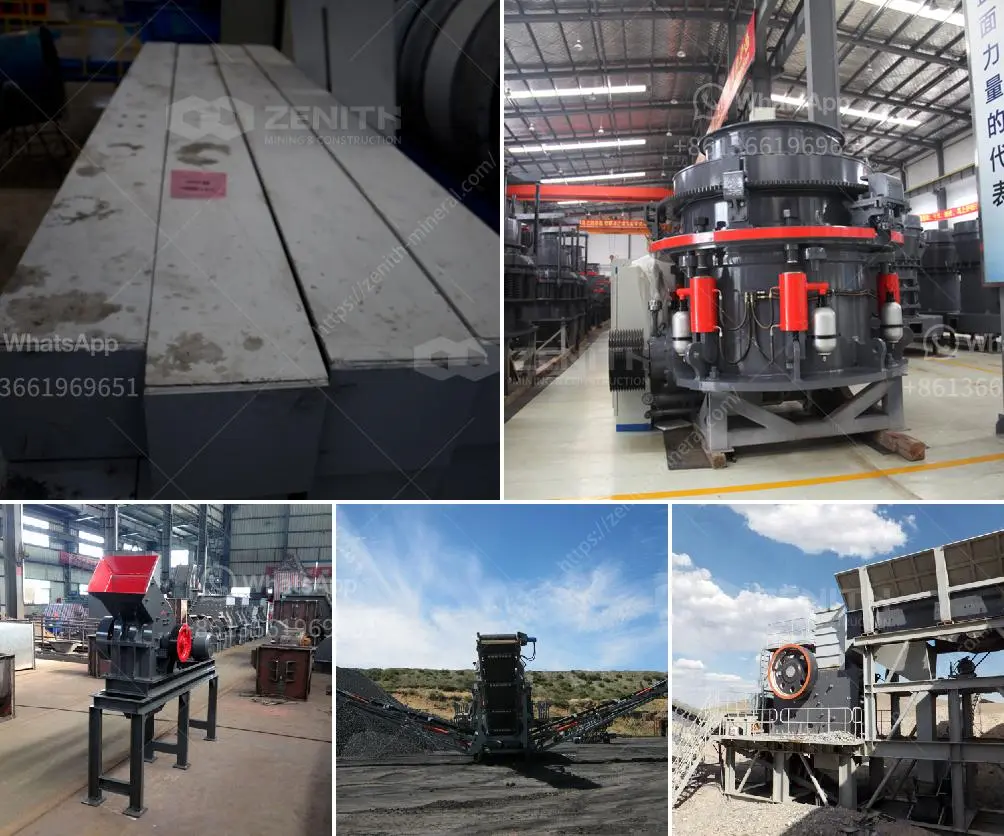Ensuring the safety of workers in a limestone quarry involves several critical protocols designed to address the unique hazards present in this work environment. Here are some of the essential safety protocols:
-
Training and Education:
- Workers should receive comprehensive training on equipment operation, hazard recognition, and emergency procedures.
- Regular updates and refreshers on safety practices to keep all personnel knowledgeable about current best practices.
-
Personal Protective Equipment (PPE):
- Use of appropriate PPE such as helmets, gloves, safety glasses, steel-toed boots, and hearing protection.
- Dust masks or respirators should be used to protect against particulate inhalation.
-
Dust Control:
- Implement measures to control dust, including water sprays, dust suppressants, and proper ventilation systems.
- Regular monitoring of air quality to ensure dust levels are within safe limits.
-
Equipment Safety:
- Regular maintenance and inspections of machinery and vehicles to ensure they are in good working condition.
- Implement lockout/tagout procedures to prevent accidental machine start-ups during maintenance.
-
Fall Protection:
- Use guardrails, safety nets, and personal fall arrest systems in areas where there is a risk of falling.
- Conduct regular inspections of fall protection equipment.
-
Hazardous Material Handling:
- Proper storage and labeling of hazardous materials, such as explosives used in blasting operations.
- Provide training on the safe handling and disposal of hazardous substances.
-
Traffic Management:
- Establish clear traffic management plans to regulate the movement of vehicles and pedestrians within the quarry.
- Use signage, signals, and designated pathways to minimize collision risks.
-
Emergency Preparedness:
- Develop and practice emergency response plans, including evacuation routes and emergency communication systems.
- Ensure easy access to first aid kits and trained first-aid personnel on-site.
-
Noise Control:
- Monitor noise levels and implement noise-reduction measures, such as soundproofing and equipment modifications.
- Ensure workers use hearing protection in high-noise areas.
-
Environmental Monitoring:
- Regular checks for ground stability to prevent landslides and rockfalls.
- Continuous monitoring for potential chemical pollution and groundwater protection measures.
-
Behavioral Safety:
- Encourage a safety-first culture by promoting communication, reporting of hazards, and a positive safety attitude.
- Conduct regular safety meetings and encourage worker participation in safety planning.
Implementing these protocols can significantly reduce occupational hazards and contribute to a safer working environment for limestone quarry workers.

